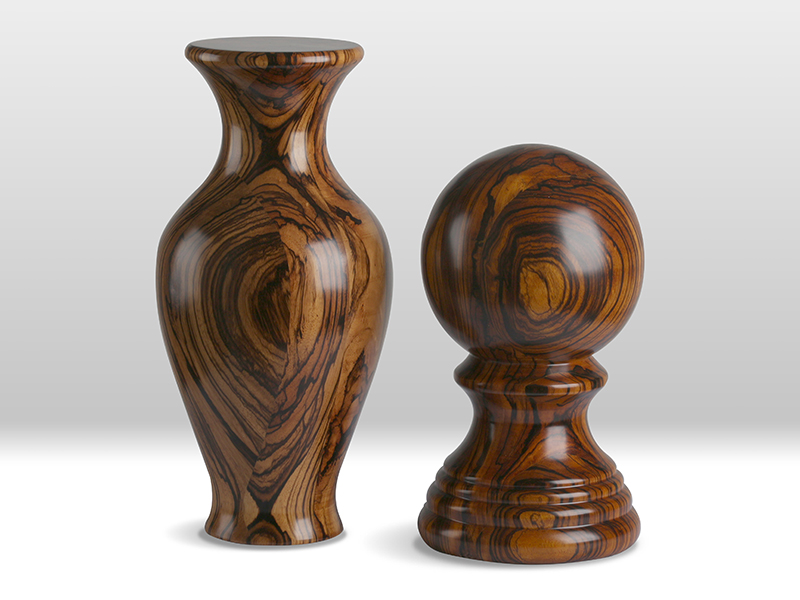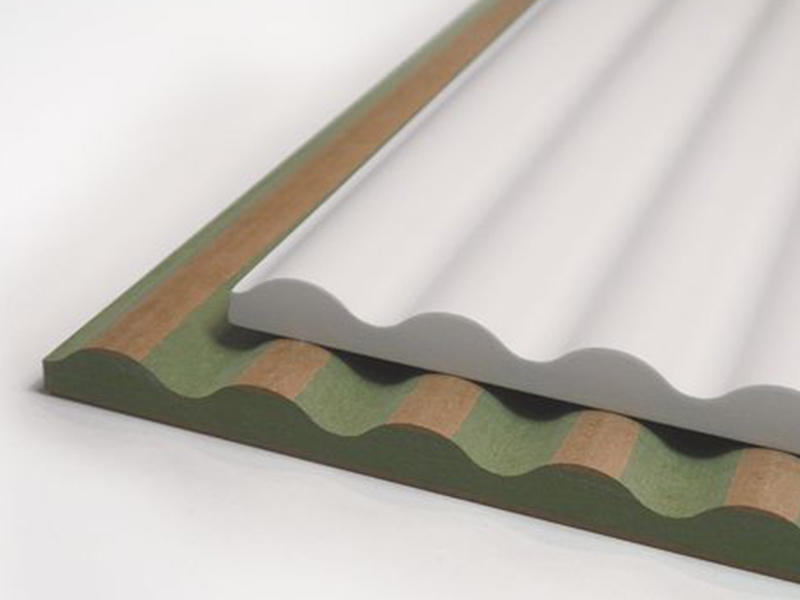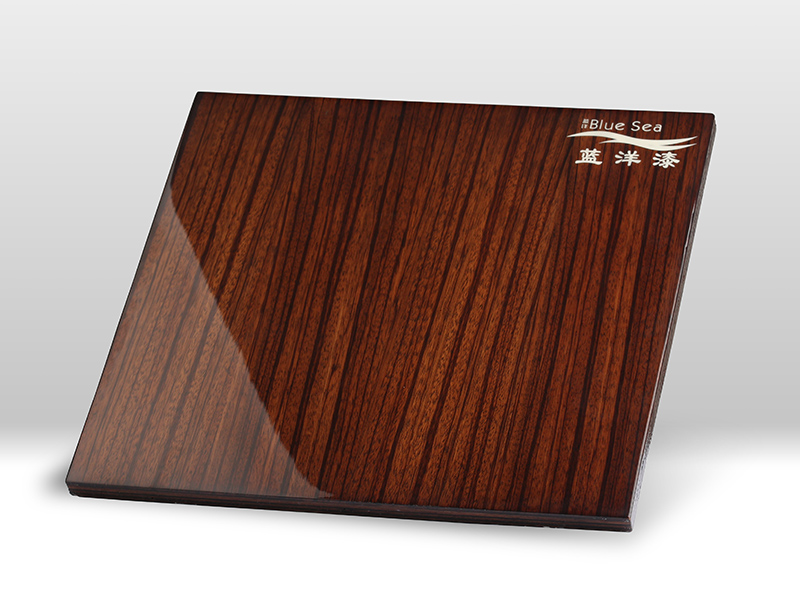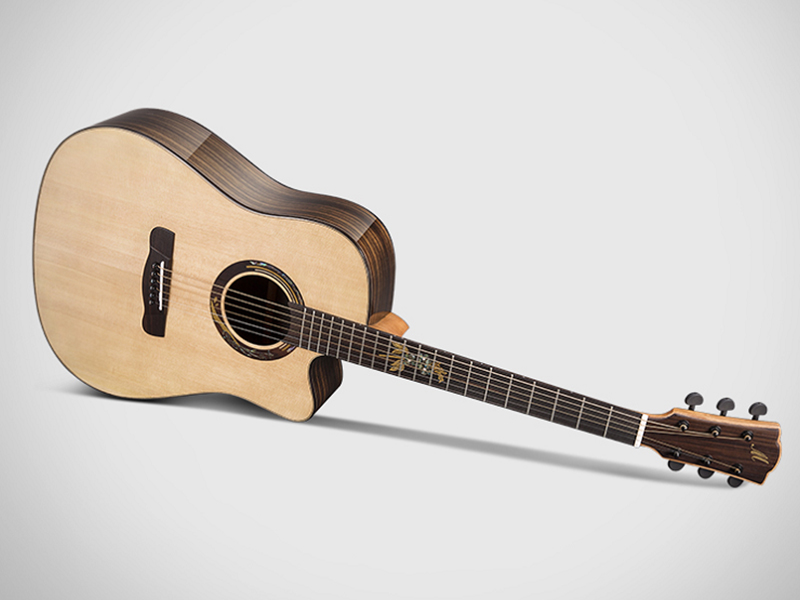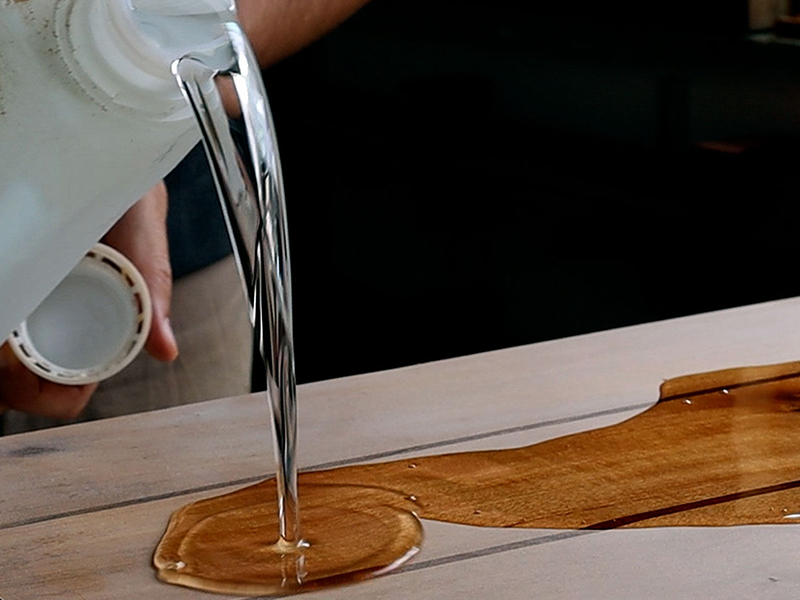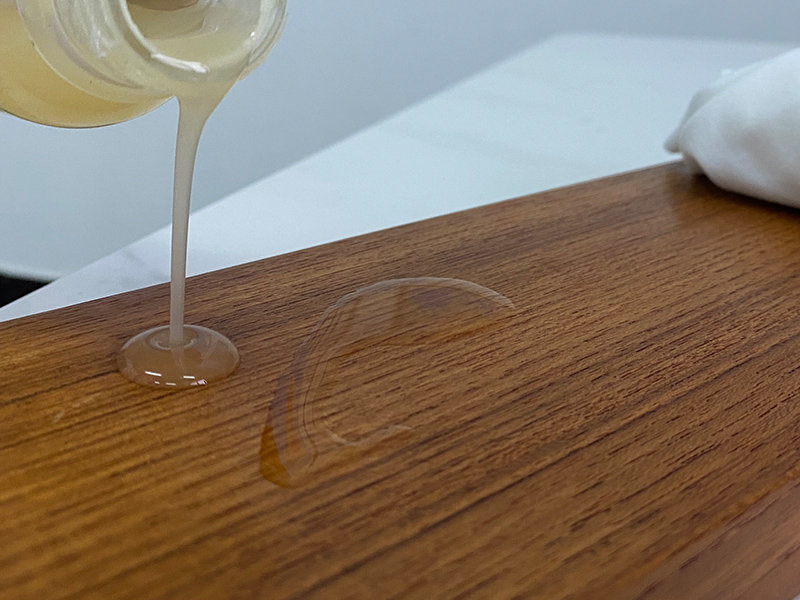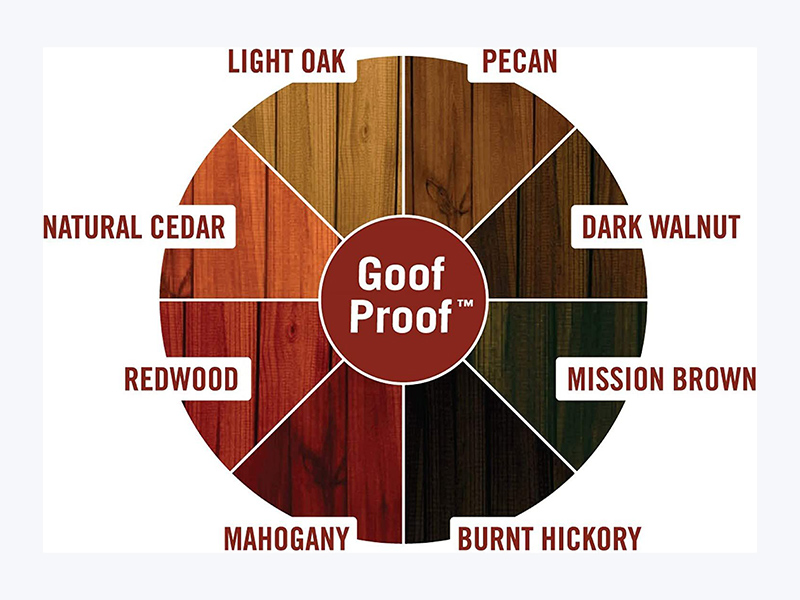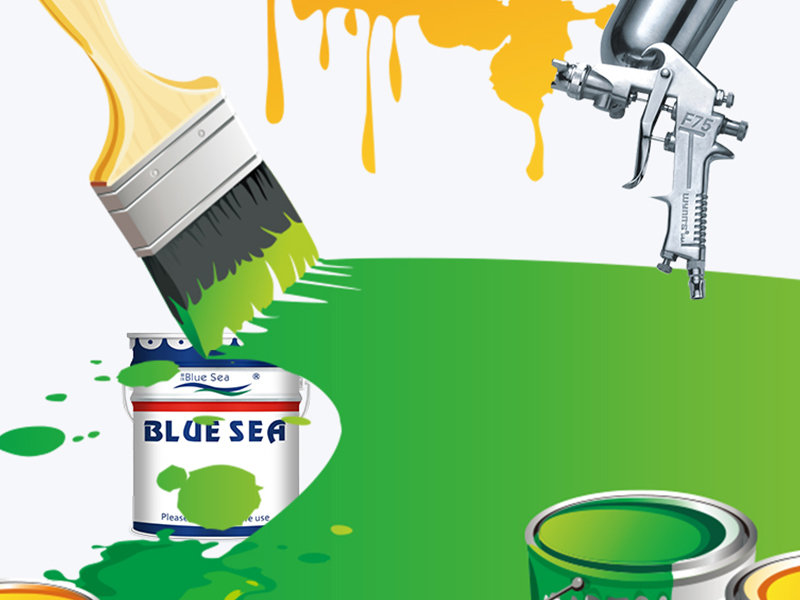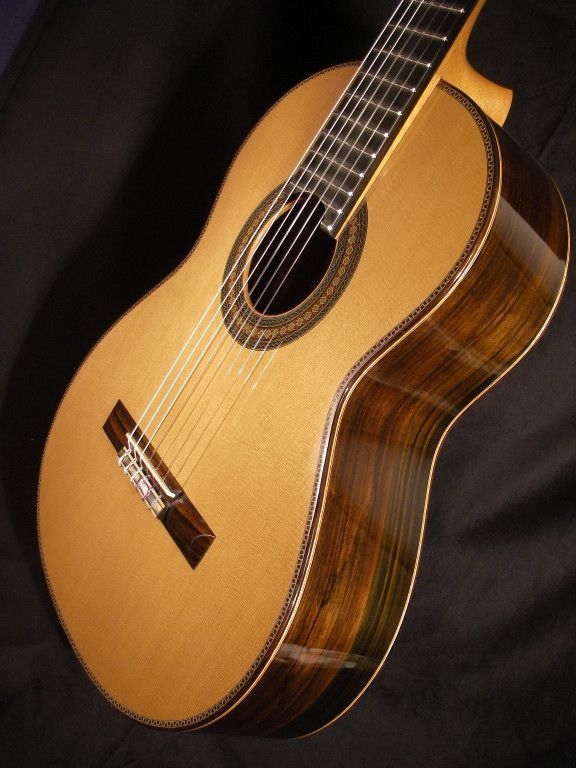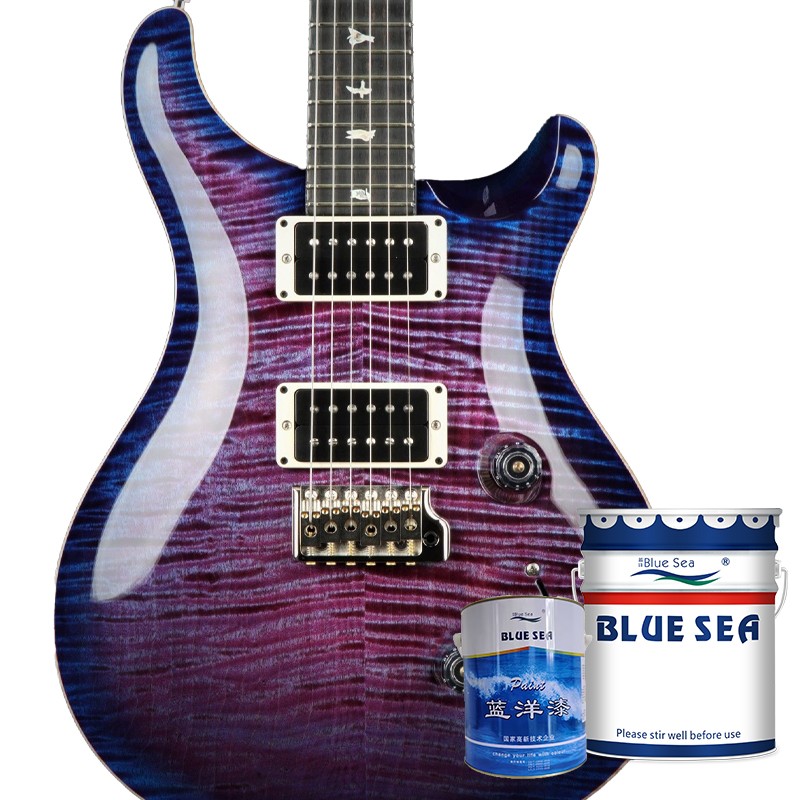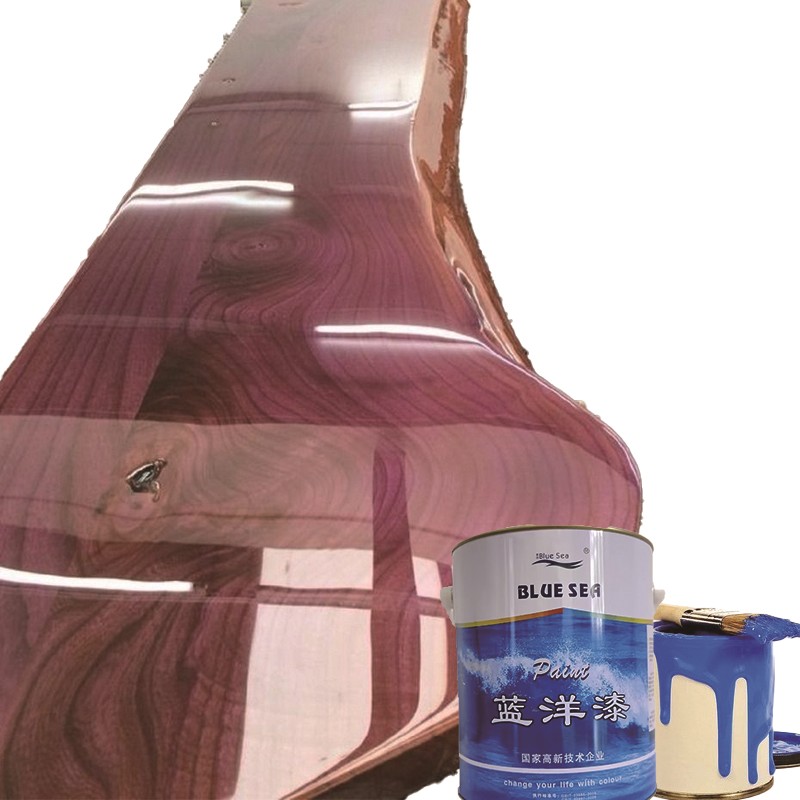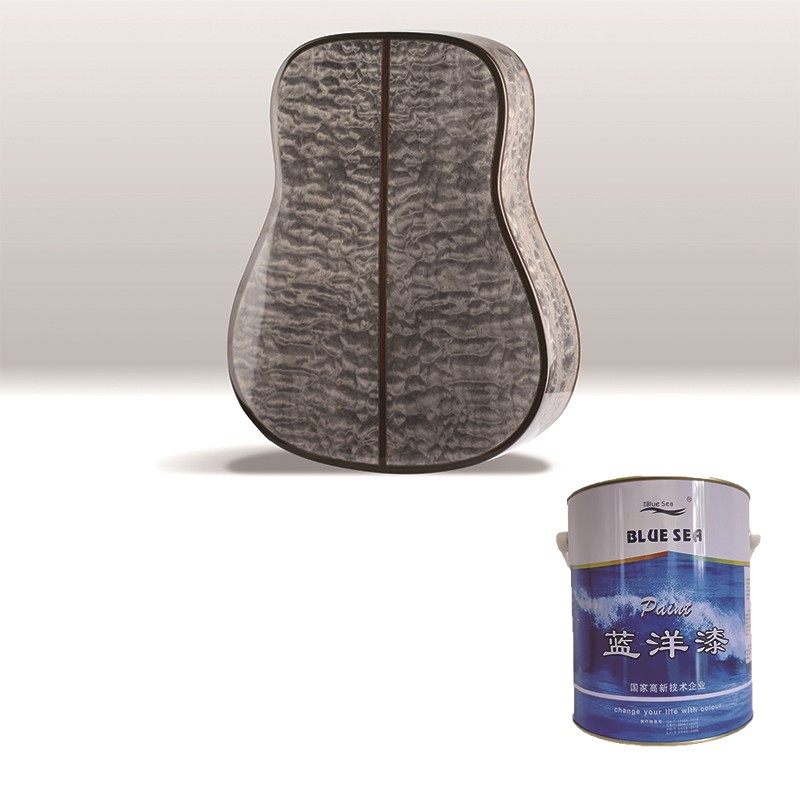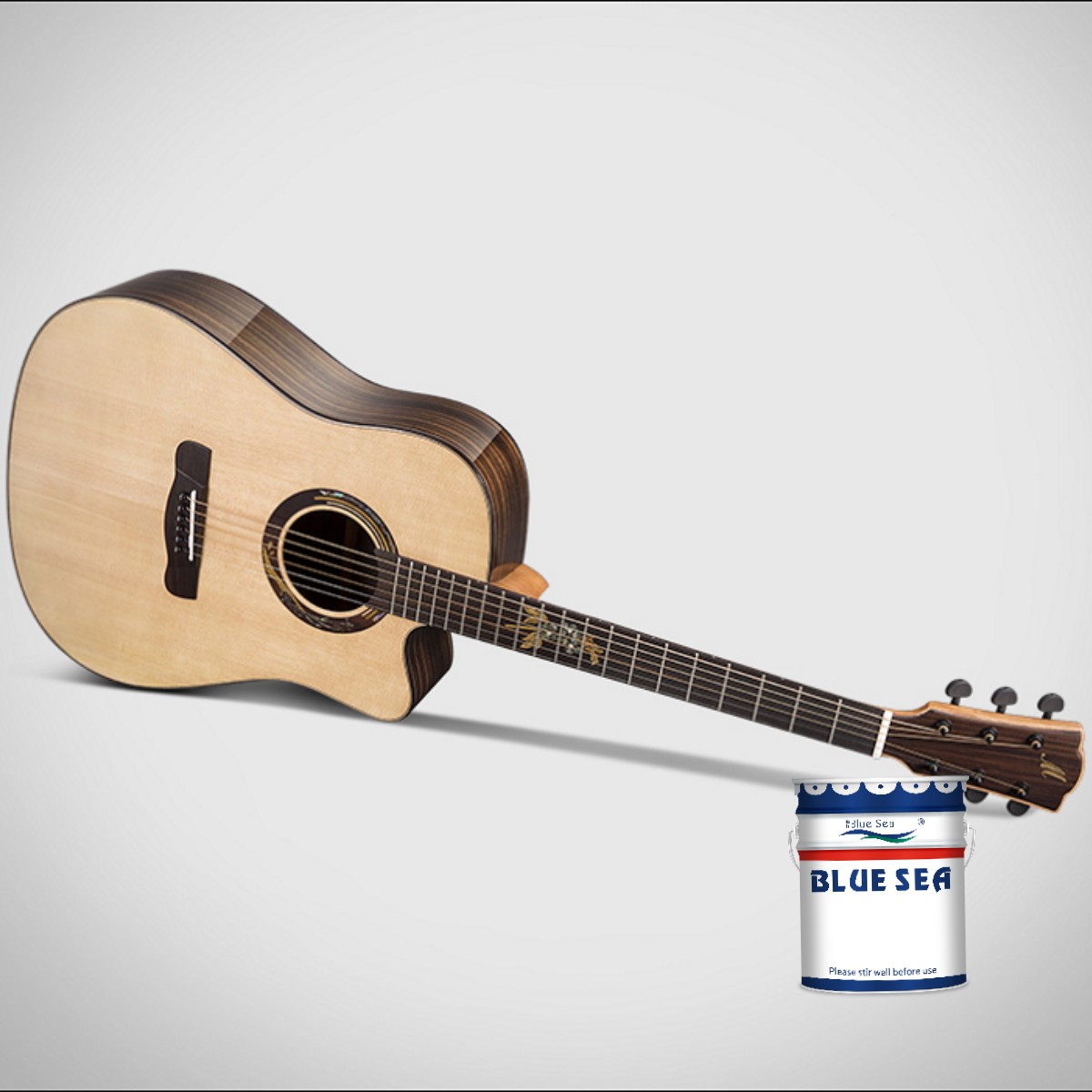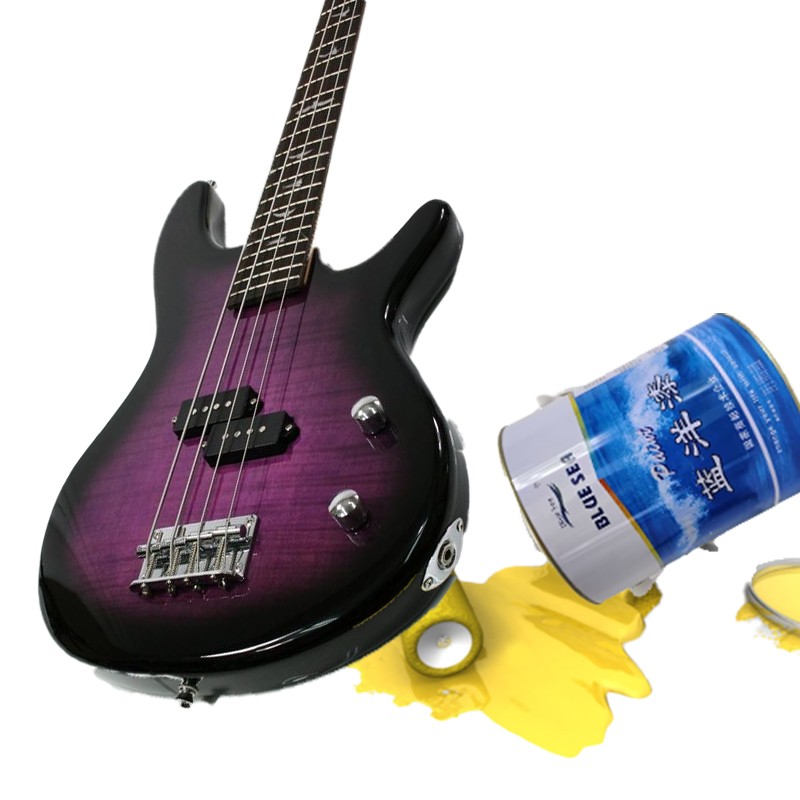Traditionally, nitrocellulose paint was favored for its thin application and ability to "breathe," allowing the wood to vibrate freely and mature sonically over time. Modern alternatives like polyurethane and catalyzed finishes offer greater durability and faster curing but can sometimes dampen acoustic vibrations if applied too thickly.
The application process itself is meticulous. Multiple ultra-thin coats are meticulously sprayed, sanded, and buffed over days or weeks. Each layer must cure properly to avoid trapping solvents, which can cause cloudiness or adhesion problems later. The final result is a hard, protective shell that enhances the wood's natural beauty – from deep, lustrous glosses to subtle satins – without stifling the voice of the instrument. This thin, resonant skin is the crucial final step in the luthier's craft, safeguarding the instrument for generations while letting its true sound sing out.
If you want to know more about musical instrument paint products, please contact us.

